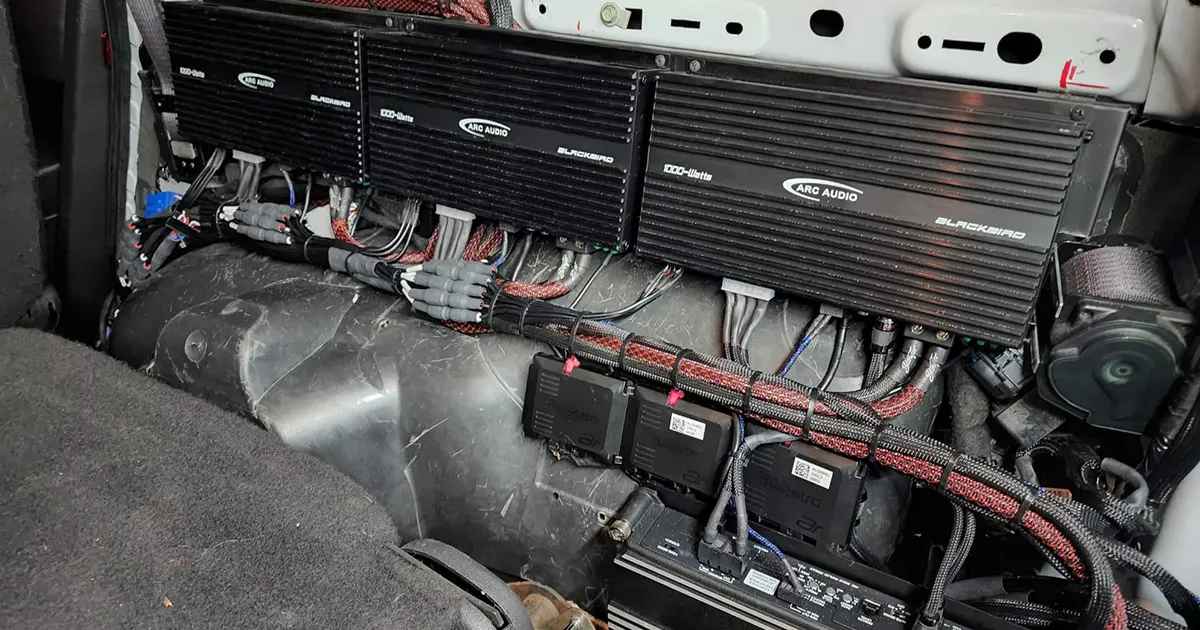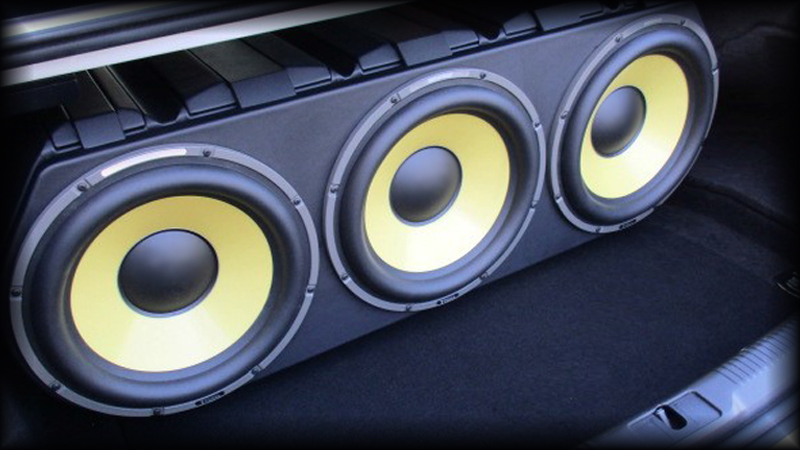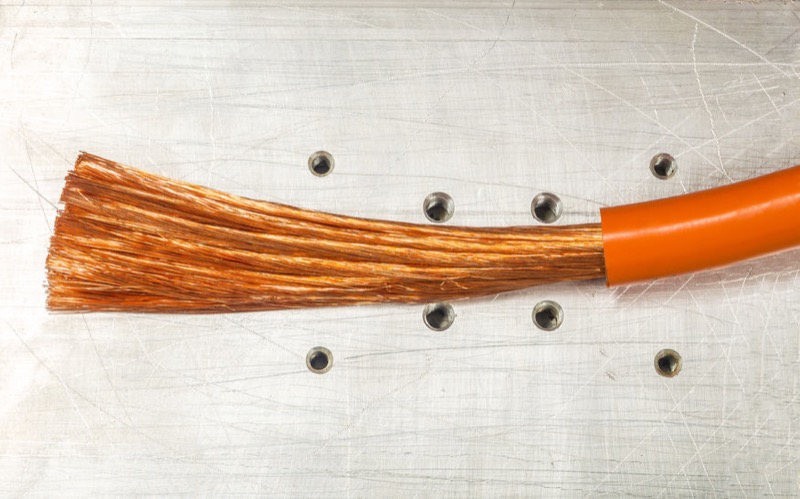
by Support Tech | Oct 22, 2023 | RESOURCE LIBRARY, ARTICLES, Car Audio, Integration
When you go shopping for a new radio for your car, one of the many questions the product specialist should ask you is whether your existing radio has steering wheel-mounted audio controls. Almost every aftermarket radio has provisions to accept a signal that will give...

by Support Tech | Oct 8, 2023 | ARTICLES, Bluetooth, Car Audio, RESOURCE LIBRARY
If you have been around the mobile electronics industry for any amount of time, you will know that certain terms are often used incorrectly. One term that has been over-abused lately is Bluetooth. Product manufacturers, retailers and consumers have developed an...

by Support Tech | Sep 24, 2023 | RESOURCE LIBRARY, ARTICLES, Car Audio, Integration
Installing a mobile audio system involves much more than just hooking up some wires and driving in a few screws. Almost all vehicle manufacturers have realized that some amount of audio system tuning will dramatically improve their customers’ experience. When you...

by Support Tech | Jul 27, 2023 | RESOURCE LIBRARY, ARTICLES, Car Audio, PRODUCTS
Several years ago, iDatalink, the company known for its class-leading remote car starter interfaces, launched an amplifier integration solution called the Maestro AR. The AR (which is short for amplifier replacement) was designed to interpret the CAN bus commands...

by Support Tech | Sep 19, 2016 | Car Audio, ARTICLES, RESOURCE LIBRARY
For decades, there has been discussion after discussion about which of the different subwoofer enclosures are “the best” and why. Let’s take a look at why we need a subwoofer enclosure at all, and how the three popular styles – sealed, vented and bandpass – differ in...

by Support Tech | Sep 19, 2016 | ARTICLES, Car Audio, RESOURCE LIBRARY
When it comes to high-current wiring in a vehicle, there are two types of stranded power wire available: solid copper and copper-clad aluminum. This article looks at the differences between each kind of wire, and explain the challenges of ensuring your high-current...







